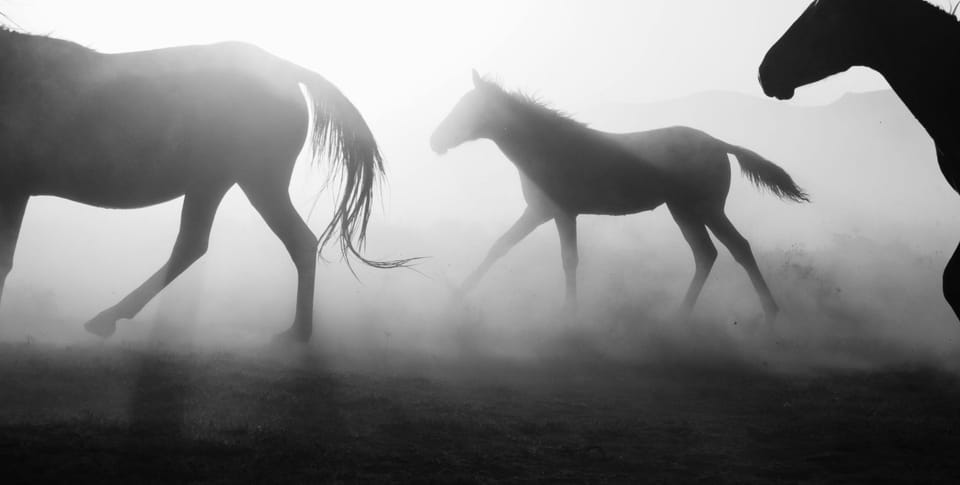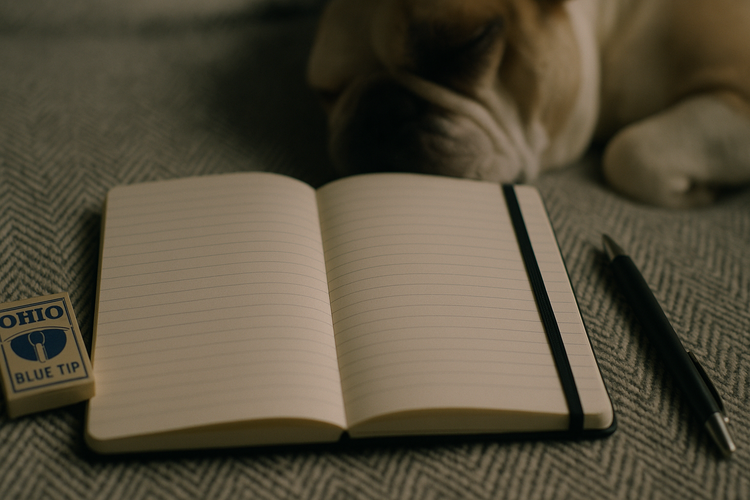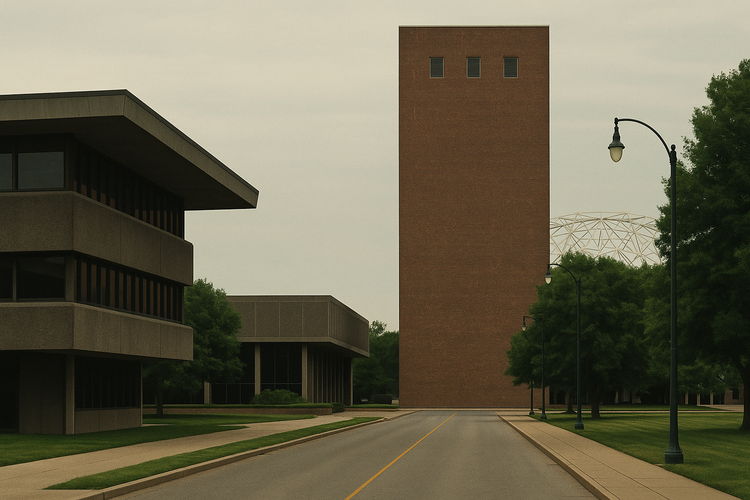Death of a Unicorn — Horns, Holiness, and the Absurd

This post contains extensive spoilers and analysis of Death of a Unicorn. We would highly recommend watching the movie first before continuing to read.
What a relief it would be to know it was all true—and that we return home in the end.
That line arrives not from the film itself, but from a thought that surfaced while watching it—quiet, almost like a prayer. Death of a Unicorn doesn’t speak it aloud, but it gestures toward it. A film of strange tones and stranger morality, it rides a jagged line between stylized satire and mythic fable, daring us to take seriously what its own characters treat with casual cruelty. It’s a film where the miraculous dies in a ditch, the wicked speak in press release slogans, and the possibility of redemption flickers faintly, despite everything.
It didn’t entirely work for me. The tonal unevenness—part corporate absurdism, part morality play, part creature feature—left me adrift more than once. But even in its unevenness, there was something worthy of reflection. Some films hold a mirror. Others break one and show us the shards. Death of a Unicorn feels like the latter: imperfect, confused, but still worth sifting through.
The Sacred, Profaned
The unicorn doesn’t arrive with fanfare. There’s no swelling music, no framing of majesty—just a glimpse of something ancient and impossibly still, standing in a foggy road like a visitation. Its presence feels like a rupture, a miracle not meant for this world.
And then it’s gone.
Struck by a car, bludgeoned with a tire iron, stuffed into the trunk. A holy creature, killed and concealed with the same energy one might reserve for a raccoon. Not with cruelty, exactly, but with a kind of utilitarian blankness.
This is the film’s first statement: miracles don’t die in secret—they die in plain sight, and the body thrown in the back seat.
The Absurd Machine
The satire unfolds like a fever dream: horn powder snorted at the family table, TED-talk monologues about healing the world, and unicorn meat positioned as the next great innovation in wellness capitalism. Everything is for sale, even wonder. Paul Rudd plays the father like a man too slick to recognize his own grotesqueness. Will Poulter, in board shorts and blind ambition, nearly steals the movie by playing his absurdity straight. Even Jenna Ortega—tasked with grounding the story emotionally—feels like she’s been dropped into a world too untethered for sincerity.
The problem isn’t that the film is absurd. It’s that it rarely allows its absurdity to sting. For long stretches, nothing seems to matter. The plot advances through schemes rather than consequences. Even a murderous unicorn rampage barely shifts anyone’s priorities. There’s no horror, just cleanup.
The Tapestry and the Trinity
Midway through the film, we’re shown a damaged unicorn tapestry—based on the real ones housed at The Cloisters—restored and reframed to suit a new mythology. The gesture is small, but meaningful. It nods toward a deeper symbolic lineage, one the film only partially explores.
In medieval iconography, the unicorn was often linked with Christ: hunted, pierced, laid in the lap of a virgin, resurrected. Death of a Unicorn gestures toward these echoes without fully settling on their meaning. Three unicorns appear across the narrative—one slain, one wrathful, one radiant—suggesting a fractured trinity. Ortega’s character, placed as bait beneath a tree, recalls the maiden used to lure the unicorn in traditional art.
Whether these references are intentional or ornamental is unclear. But they add weight. The film seems to know it’s handling holy things, even as it tears them apart.
Performative Growth and the Hunger for Resurrection
For most of the film, Paul Rudd’s character remains unchanged. He doesn’t learn so much as adapt, shifting his language to suit the moment. Even his moments of remorse—like the promise made at his wife’s hospital bed—feel rehearsed. Everyone in the film is performing, especially when it comes to grief, repentance, or moral clarity.
The daughter resists this, but she doesn’t transcend it. She simply holds the line, grimly aware that sincerity won’t save her either.
It’s only in the final sequence—after death, disillusionment, and the arrival of a final unicorn—that the father returns changed. Or seems to. He’s resurrected, perhaps literally, but what that means is left opaque. Is it grace? A gift? A punishment? The film doesn’t say. It just lets him hold his daughter in silence.
That Final Line (Or, The One the Film Never Said)
What a relief it would be to know it was all true—and that we return home in the end.
The film doesn’t say this. But it might as well have. That thought arrived while watching—not as dialogue, but as something quieter, closer to prayer. It felt like the final note the movie was reaching for, without ever landing.
Because Death of a Unicorn doesn’t earn a clean redemption arc. It doesn’t tie off its themes or rise to the level of its symbols. But it gestures. It stumbles toward something sacred, even while profaning it. And in that strange tension, it opens a space for longing—for grace, for myth, for the hope that there’s something beyond the performance.
Maybe that’s all the film ever meant to do.



Comments ()